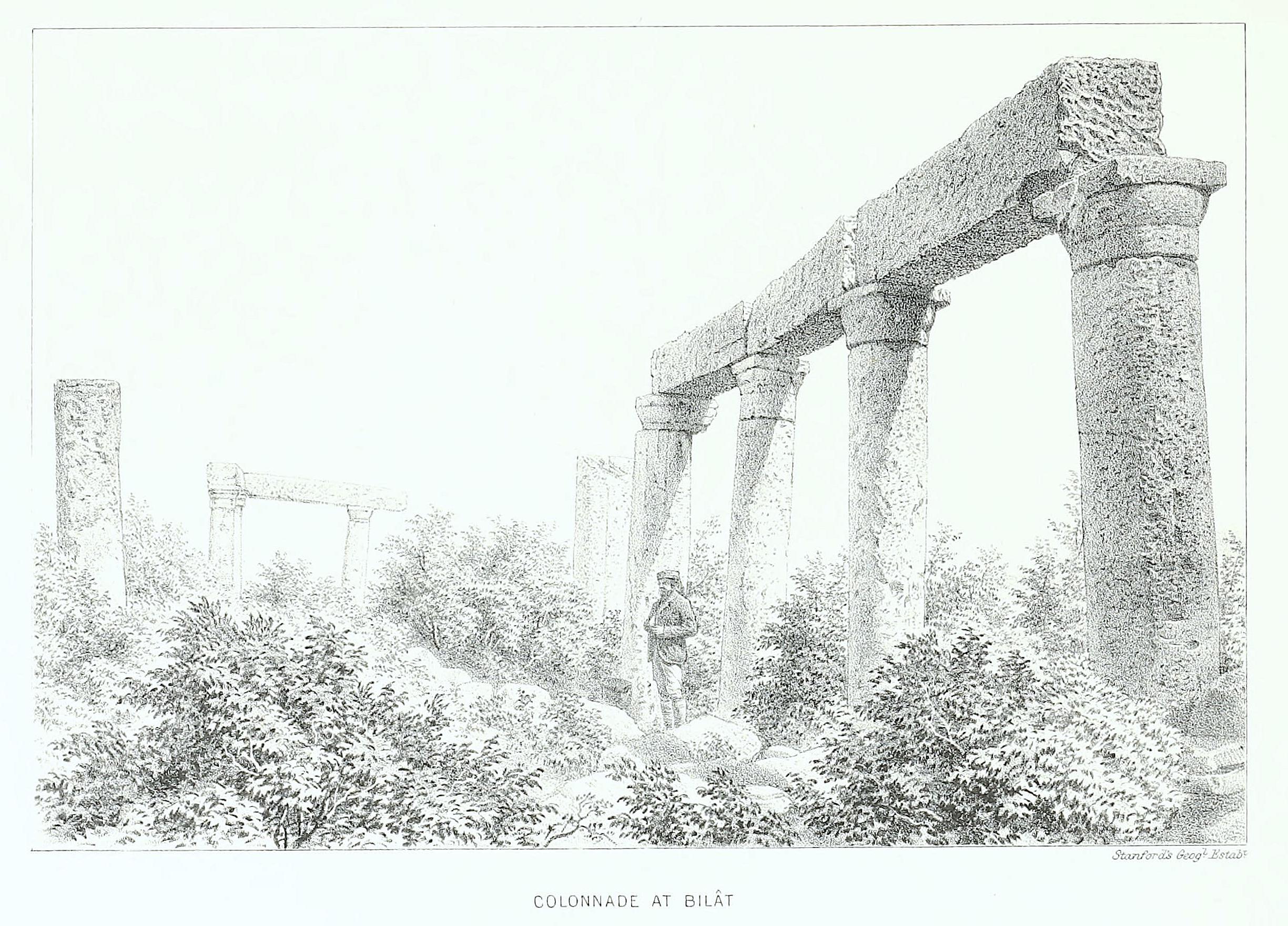|
Belat Temple
Belat is a ruined temple of unknown identification in southern Lebanon, between Marwahin and Ramyah. Herbert Kitchener, 1st Earl Kitchener, H. H. Kitchener described its location as "on top of a very commanding, steep, and narrow ridge, difficult of access... in this, the wildest part of the country". Kitchener and Ernest Renan considered it perhaps the finest example of a "high place" in the Galilee. Description Descriptions of the temple in the mid-19th century describe the remains of 16 columns,Survey of Western Palestine vol 1, page 171-173 with 10 still standing in 1852, of which four on the east and three on the northwest still held architraves with Doric order, Doric-style Capital_(architecture)#Doric, capitals. In 1858 when Charles William Meredith van de Velde, Van ... [...More Info...] [...Related Items...] OR: [Wikipedia] [Google] [Baidu] |
Ramyah
Ramiyah () is a municipality in the Bint Jbeil District in southern Lebanon. Etymology According to E. H. Palmer in 1881, ''Ramia'' comes from a personal name. History In the 1596 tax records, it was named as a village, ''Ramiya'', in the Ottoman ''nahiya'' (subdistrict) of Tibnin under the ''liwa''' (district) of Safad, with a population of 49 households and 4 bachelors, all Muslim. The villagers paid a fixed tax-rate of 25% on agricultural products, such as wheat, barley, olive trees, fruit trees, goats and beehives, in addition to "occasional revenues" and a press for olive oil or grape syrup; a total of 3,966 akçe.Hütteroth and Abdulfattah, 1977, p. 182 In 1852, Edward Robinson noted here: "We came upon an ancient sarcophagus at the foot of the hill, and saw others on the way up. On the top near the village are two very large ones. One of the lids measured 7 1/2 feet long by 2 feet broad, with nearly the same thickness. In a field below our tent, about midwa ... [...More Info...] [...Related Items...] OR: [Wikipedia] [Google] [Baidu] |
